The road stretched endlessly ahead, unrushed and inviting. A gentle mist lingered over Kerala’s tranquil backwaters, the water rippling ever so slightly as a houseboat drifted past, its thatched canopy casting golden reflections under the morning sun. There was nowhere to be but here, in this moment, with time unfolding like a well-worn map – slowly, deliberately. Slow travel is an invitation to savour, connect, and truly belong.
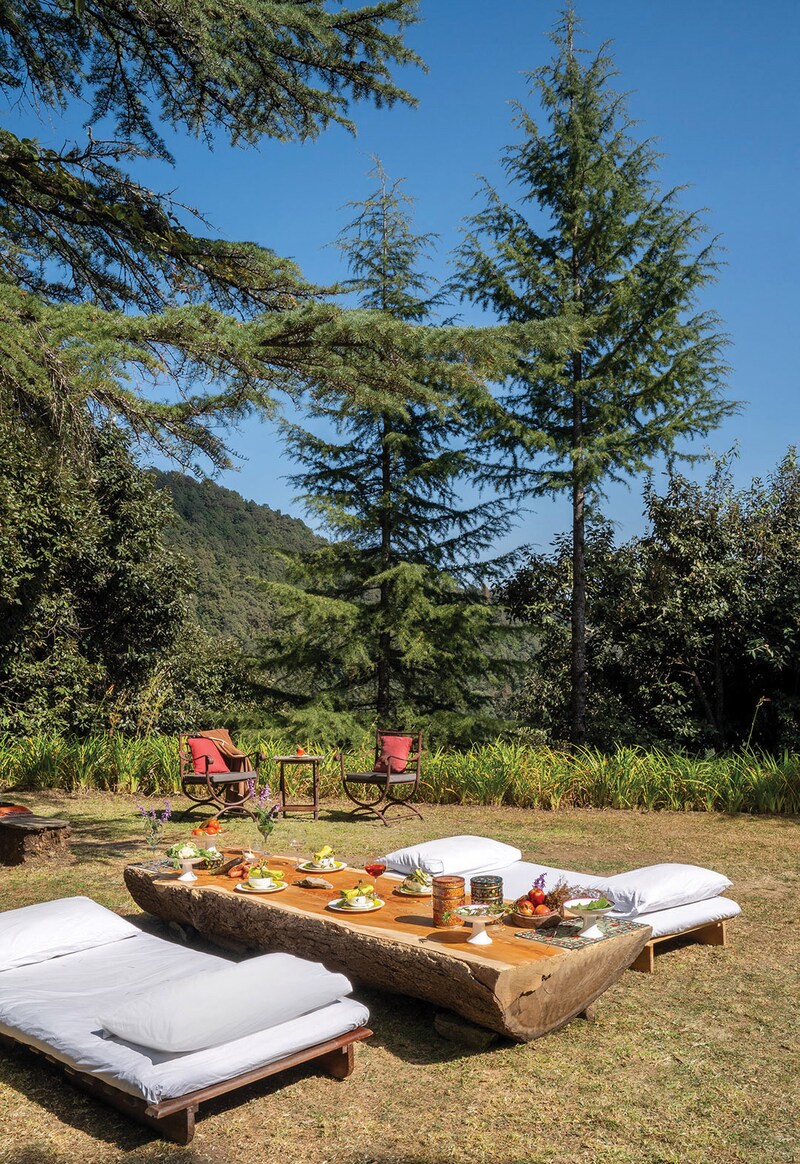
In an era where the relentless pace of life often leaves us yearning for deeper connections and authentic experiences, the art of slow travel beckons as a luxurious antidote to the chaos of modern life. More than a style of exploration, slow travel is a philosophy, a state of mind, and a conscious departure from itineraries dictated by haste. It is the art of immersion – allowing oneself to be consumed by the rhythm of a place, absorbing its stories, its silences, its secrets.
With an emphasis on quality over quantity, the philosophy encourages individuals to engage deeply with local cultures and communities. It’s about forging genuine connections, understanding the nuances of a locale, and allowing oneself the luxury of time to explore beyond the typical tourist trails. It is a deliberate pause, a way to savour the soul of a destination rather than merely skimming its surface.
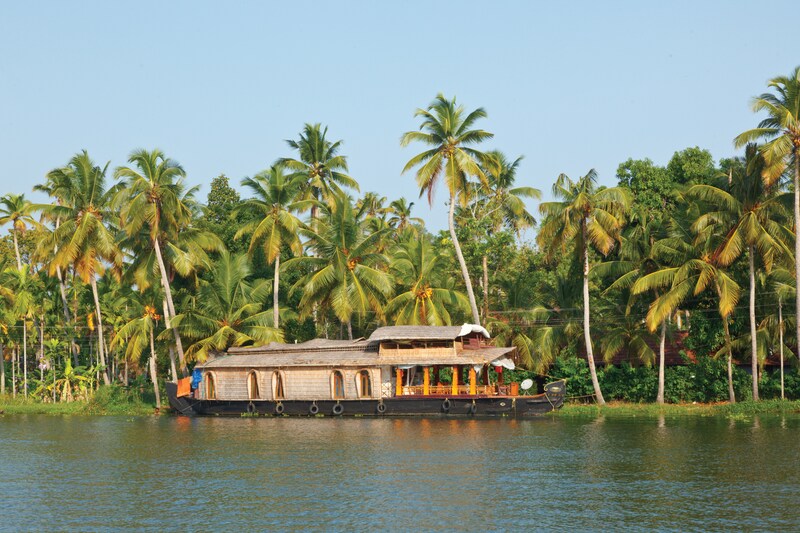
Beyond the bustle of cities, India’s landscape transforms into sanctuaries of slowness. In the remote reaches of Ladakh, where the Himalayas stand like sentinels against time itself, travellers find solace in the profound silence of the mountains. The journey is not about conquest but communion – the quiet reverence of a trek through stark, windswept valleys, the whispered prayers of monks within the cool stone walls of a monastery, and the hushed conversations shared over butter tea in a villager’s home. Here, the world does not demand haste; it rewards stillness.
There is an intimacy to slow travel that extends beyond mere observation. It is found in the soft creak of wooden floors in a colonial estate in Binsar, Uttarakhand, where the Mary Budden Estate offers a retreat that is both opulent and deeply entwined with nature. It lingers in the scent of freshly harvested strawberries at Sangam Farms in Rajasthan, where mornings are spent kneading dough for a rustic, wood-fired pizza. It is etched into the smiles of artisans who invite you to witness the delicate weaving of a Banarasi silk saree or the meticulous crafting of a Pashmina shawl.
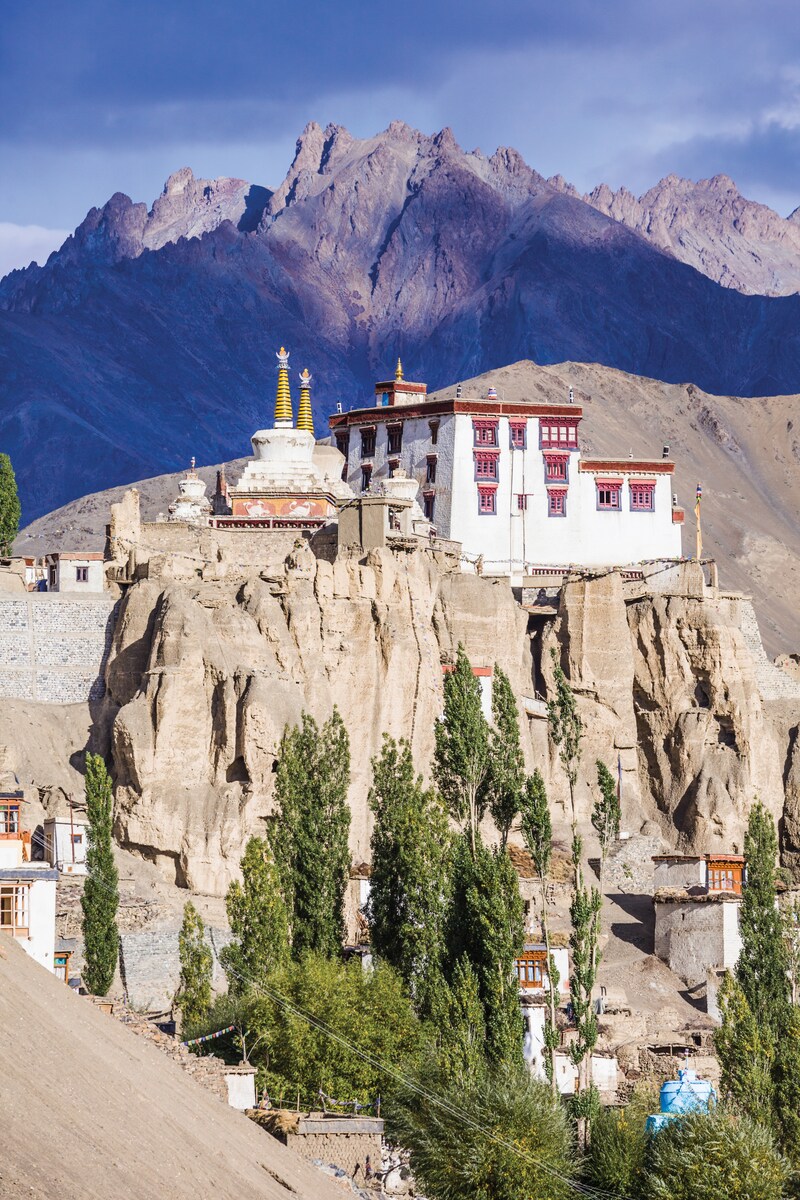
Slow travel is not about passing through – it is about being welcomed in, about allowing oneself to become a quiet participant in the life of a place.
Across the world, this philosophy is taking root. In the rolling vineyards of Bordeaux, where afternoons stretch lazily between sips of vintage reds, travellers discover that the essence of a place is best understood not in hurried glances but in unhurried conversations. The backstreets of Kyoto, where geishas glide through the fading light of dusk, reveal their stories not to those who rush but to those who wait. And in the untouched beaches of Seychelles, where time ebbs and flows with the tide, one learns the art of simply being.
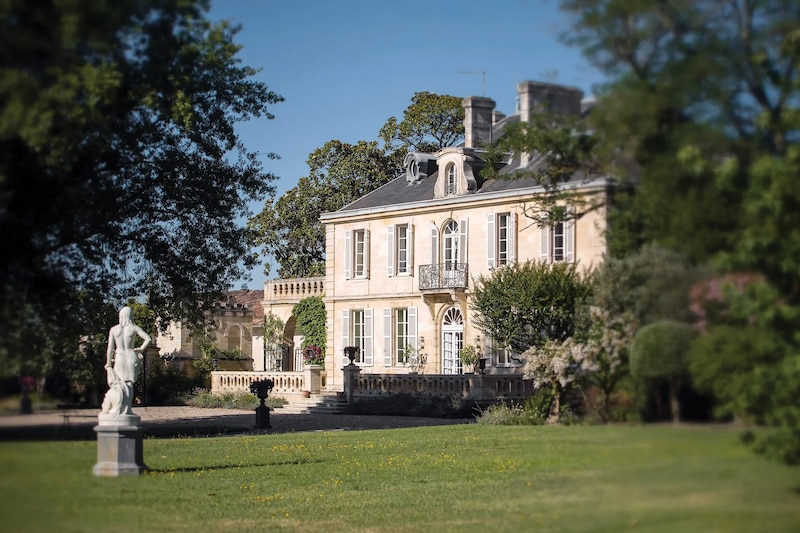
Reports suggest an increasing inclination towards ‘travelling like a local,’ seeking experiences that are less performative and more profound. It is a movement away from the checklist-driven excursions of the past and towards a deeper, more intentional way of engaging with the world. Slow travel is about surrendering to serendipity – to the joy of a detour, to the magic of an unscripted afternoon, to the rare luxury of losing track of time. It is not just about discovering new destinations but about rediscovering oneself along the way.
Perhaps the true beauty of slow travel lies in its quiet rebellion against the modern compulsion to always be moving forward. It invites us to pause, to breathe, to listen. To find wonder in the ordinary and poetry in the pace of life itself. Whether meandering through the dappled alleys of an Indian village, tracing the contours of a centuries-old fresco, or watching the sun sink below the horizon from a gently rocking boat, slow travel teaches us that the greatest journeys are not measured in miles but in moments.
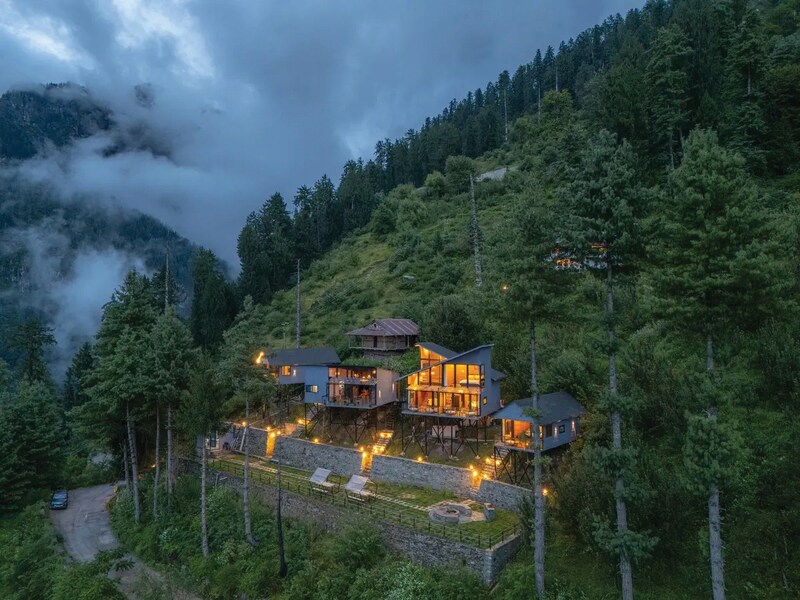
So let this be the year you surrender to the art of slow travel. Let every step be deliberate, every encounter meaningful, every experience unhurried. After all, the world is not meant to be rushed – it is meant to be savoured, one moment at a time.
























































































































































42iv88